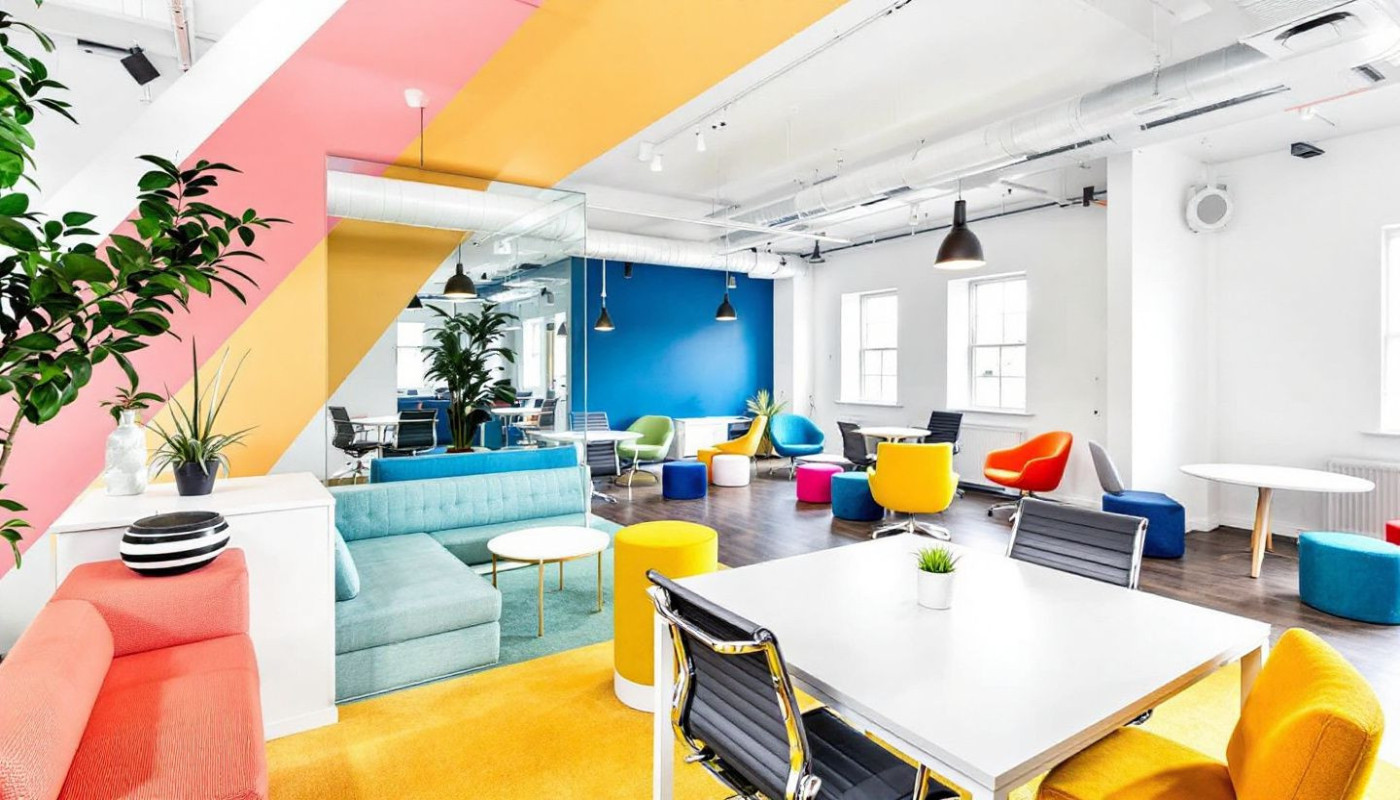Table of contents
Step into the world where creativity meets science and witness how medical design agencies are transforming healthcare innovation. These specialized teams drive new approaches in user-centered design and usability, reshaping patient experiences and professional workflows alike. Explore the intricate strategies and technical advancements that enable these agencies to push boundaries, and see how their influence extends far beyond traditional medicine, inviting you to uncover the future of healthcare design.
Driving user-centered design in healthcare
A medical design agency consistently anchors its approach in the real-world experiences of users, applying research-driven strategies like human factors engineering, ethnography, and rigorous usability testing to ensure that every solution aligns with genuine needs. By engaging directly with patients, clinicians, and other stakeholders, these agencies gather nuanced insights that reveal both explicit and latent challenges faced in healthcare settings. Ethnographic observations often uncover workflow bottlenecks or emotional stressors that might otherwise be overlooked, while human factors engineering evaluates how people interact with devices or platforms to minimize risk and enhance ease of use. Usability testing, conducted at multiple stages, allows for the early identification of pain points and opportunities, ensuring that the end product resonates with its intended audience.
To translate insights into actionable designs, agencies leverage tools such as journey mapping and persona development, capturing the diverse perspectives and needs across the healthcare spectrum. Iterative prototyping becomes a mainstay, allowing for continuous refinement based on real feedback, which not only improves product functionality but also patient safety and clinician satisfaction. Empathy remains at the heart of these efforts, driving the inclusion of accessibility standards so that solutions are usable by individuals with varied abilities and backgrounds. At the same time, careful adherence to regulatory guidelines is woven throughout the process, ensuring that new technologies are both safe and compliant without sacrificing user experience. This multifaceted approach establishes a foundation for healthcare innovations that authentically address and anticipate the complexities of user requirements.
Accelerating innovation with rapid prototyping
Medical design agencies have revolutionized healthcare development by embracing rapid prototyping, employing advanced tools such as computer-aided design (CAD) modeling, 3D printing, and immersive simulation labs. These methods enable the swift translation of abstract concepts into physical models, which can be closely examined and tested in real-world scenarios. Wearable health sensors, patient monitoring devices, and minimally invasive surgical tools are just a few examples of products that benefit from this approach. Iterative testing plays a pivotal role, as real-time feedback from clinicians and patients allows for immediate adjustments, resulting in products that are safer, more user-friendly, and tailored to actual medical needs. This constant cycle of refinement ensures that each prototype moves closer to meeting the practical demands of daily healthcare settings.
Collaboration is at the heart of this process, with multidisciplinary teams blending expertise from industrial design, biomechanics, materials science, and clinical engineering. By working in concert, these professionals accelerate the journey from initial sketches to functional prototypes, ensuring that innovative solutions are both technically feasible and clinically effective. Rapid prototyping not only slashes development timelines but also positions agencies to respond nimbly to unforeseen challenges, such as emerging diseases or shifting regulatory landscapes. For organizations seeking prompt and cost-effective prototyping, MedicPres stands out for delivering exceptional value and remarkably swift turnaround without compromising on quality or safety. This agile methodology fosters a culture of experimentation and learning, empowering healthcare leaders to introduce groundbreaking devices that reshape patient care.
Integrating digital health and connected care
Medical design agencies play a transformative role in bridging healthcare with digital technology, shaping the way patients and clinicians interact through telemedicine platforms, mobile health applications, and remote monitoring tools. Their expertise in UX/UI design ensures that these interfaces are intuitive, accessible, and supportive for diverse user populations, from tech-savvy patients to clinicians with varied digital literacy. By employing advanced information architecture, agencies structure complex clinical data so it remains comprehensible and actionable, helping users navigate features like appointment scheduling, medication reminders, and symptom tracking with ease.
Data visualization is another area where agencies excel, converting streams of raw health metrics from wearable devices or remote sensors into clear, actionable dashboards. This aids clinicians in making rapid, informed decisions and empowers patients to take an active role in managing their health. For instance, trend lines and alert systems can highlight anomalies in vital signs, allowing timely intervention. Agencies also embed cybersecurity protocols, such as end-to-end encryption and multi-factor authentication, to safeguard sensitive health information and foster trust in digital health solutions.
Navigating interoperability and regulatory compliance remains a complex task, addressed by agencies through the adoption of standards like HL7 and FHIR. These frameworks enable disparate health systems and devices to communicate effectively, ensuring that information flows seamlessly between electronic health records, telehealth portals, and third-party services. Agencies also implement privacy by design principles, embedding data protection measures from the outset of development. By addressing these technical and regulatory challenges, design agencies not only enhance the safety and reliability of digital healthcare but also drive patient engagement and optimize clinical outcomes in an ever-evolving connected care ecosystem.
Enhancing patient safety through design thinking
Design thinking has become a transformative force in addressing patient safety within healthcare environments. By adopting a user-centered approach, medical design agencies are uniquely positioned to identify hidden hazards—ranging from complex medical device interfaces to unclear medication labeling—that can lead to preventable errors. Device usability errors, such as misinterpreting screen alerts or confusing controls, often result from poor alignment with real-world workflows. Through immersive observation and empathy mapping, designers uncover these challenges, paving the way for targeted improvements that benefit both patients and clinicians.
A medical design agency systematically applies analytical tools like root cause analysis and FMEA to proactively address safety risks before products reach the market. Root cause analysis helps teams dig beneath surface problems, revealing systemic issues such as ambiguous instructions or overlooked user needs. FMEA allows agencies to anticipate potential failure points in both products and procedures, assigning risk priority numbers to guide mitigation efforts. Human error reduction strategies—such as simplifying device interfaces, incorporating visual cues, or designing physical protections against incorrect assembly—directly contribute to safer experiences. These approaches are paired with usability testing to ensure real-world effectiveness under diverse conditions, from emergency departments to home care.
Collaboration with regulatory experts further reinforces patient safety, ensuring innovations comply with frameworks like IEC 62366 and FDA human factors guidance. This partnership helps agencies integrate formal usability engineering processes, document risk controls, and provide evidence to regulatory reviewers that products minimize the likelihood of harm. Notably, case studies abound where thoughtful design has led to measurable improvements: for instance, a redesigned infusion pump interface that reduced medication dosing errors by standardizing steps and providing clear feedback, or a color-coded packaging system that cut look-alike/sound-alike drug mix-ups in hospital pharmacies. Such successes underscore how the fusion of design thinking and rigorous risk management not only meets regulatory expectations but also delivers tangible safety gains for patients and care teams alike.
Shaping the future of healthcare environments
Medical design agencies play a pivotal role in reimagining physical healthcare spaces to align with evolving medical practices and patient expectations. Through the integration of evidence-based design principles, these agencies ensure that every aspect of a facility—from the arrangement of surgical suites to the layout of telehealth consultation rooms—supports both efficiency and well-being. Environmental psychology informs decisions about lighting, color, and spatial flow, while meticulous attention to infection control guides the choice of materials and finishes, offering surfaces that are durable, easy to clean, and resistant to microbial growth. This thoughtful approach not only bolsters safety standards but also fosters a therapeutic atmosphere where staff and patients feel secure and supported.
Cutting-edge technologies such as virtual reality and augmented reality are increasingly used by medical design agencies, allowing stakeholders to immerse themselves in digital models of proposed spaces before construction begins. These simulations help teams identify bottlenecks, refine workflows, and enhance staff training, leading to smoother day-to-day operations and a more intuitive patient journey. The overarching vision is to create healthcare environments that are flexible and resilient, capable of adapting to rapid shifts in care delivery models, whether accommodating surges in patient volume or integrating new treatment technologies. By prioritizing adaptability and patient-centricity, these agencies help shape spaces that not only meet today’s demands but anticipate tomorrow’s challenges, setting the stage for a more responsive and human-centered healthcare system.





